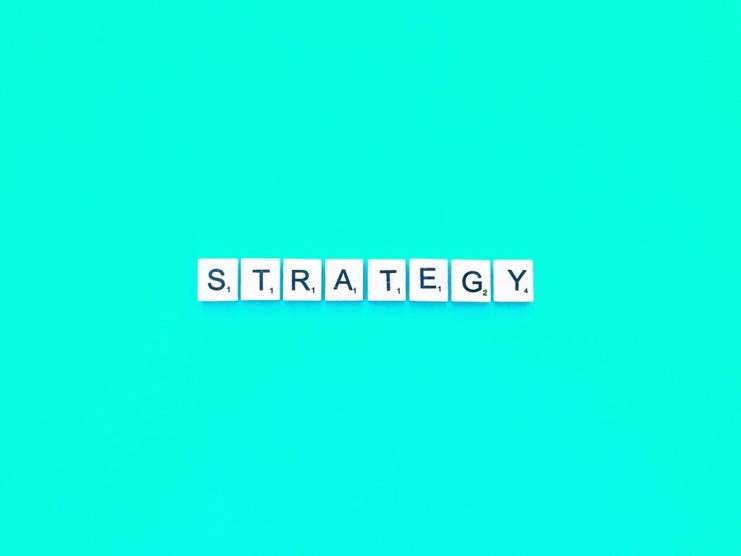Responsible Communication and Marketing: Sustainable Business Strategies
In 2010, (as all readers of this section should know) the ISO26000 International Standard of Social Responsibility (SR) was born, which revolutionized the business world and organizations with a formal aspiration for sustainability.
ISO26000 proposes an internationally validated form on how organizations of any type could establish and/or improve SR structures and their operating frameworks. This was done to ensure, on one hand, a good response and an effective fulfillment of the commitments assumed formally or fact with all the stakeholders of the organization and, on the other hand, reliable and transparent communication with them. The norm gave origin and form, in theoretical terms, to two trends that also respond to the reality of a hyper-connected and hyper-informed world: responsible communication and marketing.
What is responsible communication and marketing?
There is only the consequence of having assumed and integrated transversally in the business model of any company or organization SR. Both strategies are part of the responsibility acquired by the organization in its commitment to transparency with its stakeholders.
How are communication or traditional marketing different from responsible communication or marketing?
The difference is more in the background than in the form. Responsible communication, as a strategy, means to integrate in ALL communication processes the value of co-responsibility that any company or organization has assumed by the mere fact of belonging to a certain society. It refers both to formal communication and designed through its institutional channels, as well as informal and unforeseen communication carried out by the company which is in both cases impregnated by its values and is consistent with the common principles that the organization accept and practice.
In the case of Responsible Marketing, we consider the concept of marketing as a discipline and living process in the organizations that starts from the design of the product or service until the sale of the same.
In this case we are talking about a strategy that involves considering the social, economic and environmental impact throughout the entire life cycle and value chain of any of the products or services of any company or organization and to provide information to all interest groups.
This strategy and vision becomes more relevant if we understand that most of the time customers only have information coming from the same brands in order to make their purchasing decision.
In the market, becoming more competitive and obtaining a place is an arduous task. Therefore, as the reader of this section has understood, we must bet on positive and propositive strategies in which both company and stakeholders can gain, such as communication and responsible marketing which leads organizations to create aggregate values and unique differentiators.





